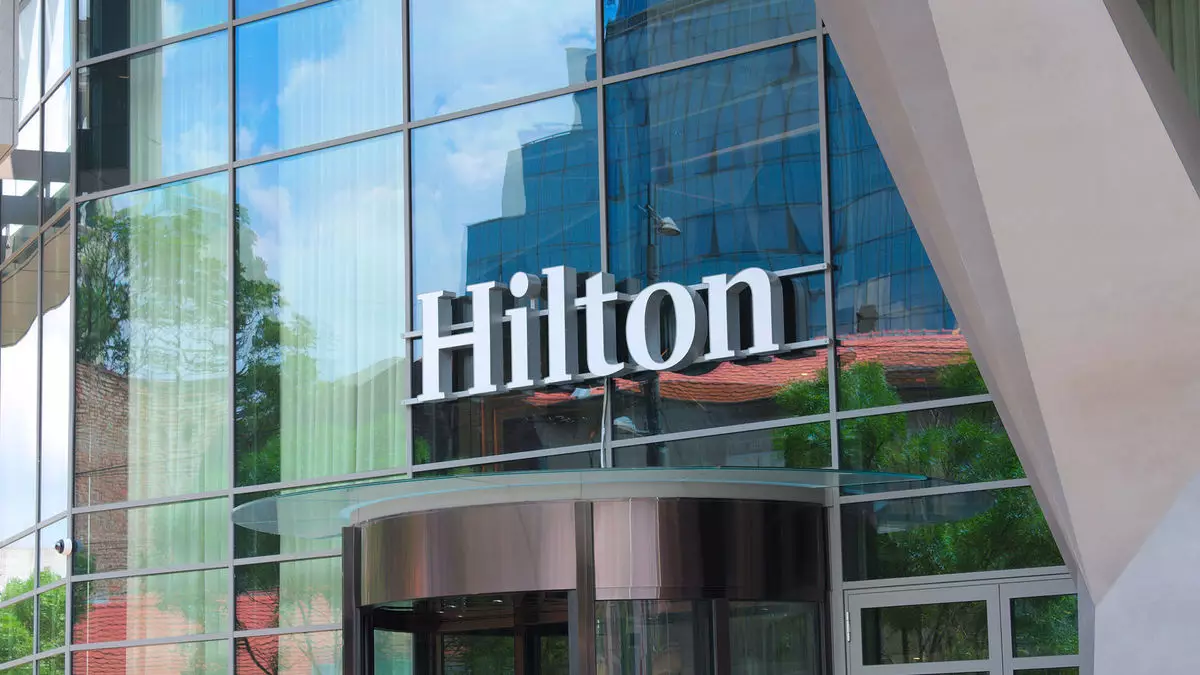The recent Hilton report for the second quarter of 2025 offers a nuanced view of the current landscape for global hospitality. Despite a modest decline of 0.5% in systemwide Revenue per Available Room (RevPAR), Hilton’s performance reveals not just a downturn but a complex interplay of economic and seasonal factors. The slight dip reflects evolving traveler behaviors amidst broader macroeconomic headwinds, such as reduced government spending and international economic softness. This cautious demand signals a market still adjusting to uncertain global conditions, but it also underscores Hilton’s capacity for resilience even when facing headwinds. The minor occupancy decline (just half a percentage point) indicates that consumers remain engaged, albeit in a more selective manner, while the slight increase in average daily rates (ADR) demonstrates pricing power that Hilton continues to leverage.
This overall softness is a reflection of the wider trend of waning traveler confidence, which Nassetta describes as a “wait-and-see mode.” Yet, this cautious stance isn’t a sign of failure but rather an adaptation to shifting realities. The hospitality industry must navigate these fluctuations carefully—a challenge Hilton appears to be managing by tightening operational efficiencies and prioritizing core demand sources. In that sense, Hilton’s performance embodies a phase of measured resilience rather than alarm, emphasizing the importance of strategic agility in uncertain times.
International Markets Show Promise Amid U.S. Challenges
What stands out most from Hilton’s recent report is the marked divergence between American and international markets. The U.S., historically a robust source of revenue, experienced a 1.5% decline in RevPAR, illustrating how economic pressures and changing travel patterns directly impact American hotspots. Meanwhile, international regions display a surprising degree of stability and even growth. Europe’s 2% increase, coupled with the Middle East and Africa’s robust 10.3% rise, tells a story of regional resilience that defies the sluggishness seen in the U.S.
This international fortitude suggests that Hilton’s global footprint provides a natural cushion, emphasizing the importance of geographical diversification. The relatively flat performance in Asia-Pacific, at 0.3%, indicates that more volatile regional factors, such as geopolitical tensions or fluctuating travel restrictions, still play a role there. Nonetheless, the overall picture is one of resilience outside the U.S., hinting at a shifting global travel landscape where emerging markets and regions less affected by domestic economic fluctuations could become the new engines of growth.
Strategic Focus on Business Travel and Group Demand
Amidst the broader softening in leisure travel, Hilton’s emphasis on group and business transient demand presents a compelling narrative. The 7.9% rise in management and franchise fees underscores an underlying strength in corporate and group bookings—areas less susceptible to short-term economic swings than leisure markets. Nassetta’s commentary highlights that group business remains “raging,” particularly in U.S. urban centers, which signals a strategic opportunity for Hilton to capitalize on emerging corporate travel needs.
This focus on group and business segments aligns with Hilton’s confidence in a potential rebound in travel demand later in the year. He anticipates “more normalized business transient travel” as the fall months approach, especially after Labor Day. The gradual recovery in these sectors suggests that Hilton is positioning itself for a resilient second half of 2025—a sentiment that could be justified if macroeconomic conditions stabilize and corporate confidence rebounds. The company’s strong financials, including a 6.3% revenue increase and growth in EBITDA, support the idea that Hilton’s model remains robust amidst macroeconomic uncertainty. It’s a testament to the strength of its diversified portfolio and adaptive strategies, which serve as vital assets in navigating an uncertain global economic environment.
—
While the industry remains cautious, Hilton’s ability to find pockets of strength and adapt its strategy exemplifies a resilient approach that values structural stability over short-term gains. By emphasizing international diversification, strengthening corporate ties, and managing demand cautiously, Hilton demonstrates that confidence in long-term growth can be maintained even when immediate numbers depict softness. Their nuanced outlook for the year—projecting flat to 2% growth—reflects cautious optimism grounded in strategic agility and a clear understanding of evolving travel dynamics.

